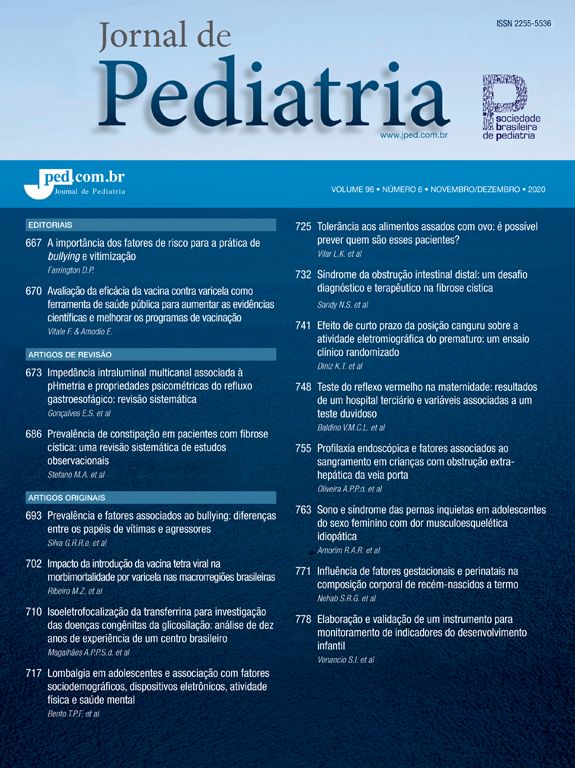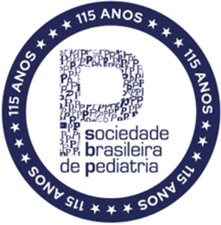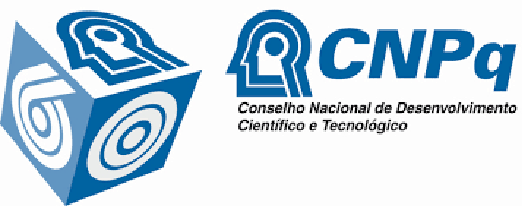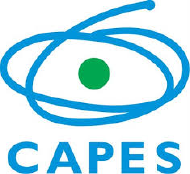To evaluate the use of two phototherapy guidelines for the treatment of hyperbilirubinemia in newborn babies weighing less than 2,000 g.
MethodsEighty-one newborn infants with birth weight less than 2,000 g were studied. They were divided in two groups: the "early" group, which started phototherapy 12 hours after birth, undergoing treatment for at least 96 hours; and the "late" group, which received phototherapy whenever the transcutaneous bilirubin reached 8 mg/dl and phototherapy suspended when bilirrubin levels fell to 5 mg/dl. The following factors were analyzed: maintenance of transcutaneous bilirubin levels below 10 mg/dl, mean value of daily transcutaneous bilirubin, the highest transcutaneous bilirubin value and the period it first occurred, and duration of treatment.
ResultsIn the early group, 20% of all patients showed transcutaneous bilirubin level higher than 10 mg/dl compared to 60% of patients in the late group. The highest daily mean rate of transcutaneous bilirubin in the early group was 6.6 mg/dl, which happened on the 7th day. In the late group, it was 8.6 mg/dl on the 2nd day after birth. The median duration of phototherapy treatment used in the early group was 96 hours (minimum of 96 and maximum of 156 hours) and in the late group, 51 hours (minimum of zero and maximum of 120 hours). None of the babies needed changes in the treatment (double phototherapy or exchange transfusion).
ConclusionThe use of early phototherapy treatment for babies weighing less than 2,000 g is safer when compared to the late group, considering satisfactory the maintenance of transcutaneous bilirubin levels below 10 mg/dl.
Avaliar o uso de dois esquemas de fototerapia na hiperbilirrubinemia de recém-nascidos com peso menor que 2.000 g.
MétodosForam estudados 81 recém-nascidos com peso de nascimento menor que 2.000 g, divididos em dois grupos: "precoce", que iniciou fototerapia com 12 horas de vida e foi tratado por pelo menos 96 horas, e "tardio", que recebeu fototerapia quando a bilirrubina transcutânea atingia 8 mg/dl, sendo retirada quando caísse para 5 mg/dl. Foi analisada a manutenção dos níveis de bilirrubina transcutânea abaixo de 10 mg/dl, o valor médio de bilirrubina transcutânea diária, o valor do pico de bilirrubina transcutânea e época do seu aparecimento e a duração do tratamento.
ResultadosNo grupo precoce, 20% dos pacientes ultrapassaram 10 mg/dl de bilirrubina transcutânea, contra 60% no tardio. A maior média diária de bilirrubina transcutânea no grupo precoce foi de 6,6 mg/dl, no sétimo dia; no grupo tardio, foi de 8,6 mg/dl no segundo dia de vida. A mediana das horas de fototerapia usadas no grupo precoce foi de 96 (mínimo de 96 e máximo de 156 horas), e no tardio, de 51 horas (mínimo de 0 e máximo de 120 horas). Nenhum paciente necessitou de mudança de tratamento (fototerapia dupla ou exsangüineotransfusão).
ConclusõesO uso da fototerapia precoce para neonatos com peso abaixo de 2.000 g é mais seguro que o tratamento tardio se considerada a manutenção de níveis abaixo de 10 mg/dl como satisfatórios.








